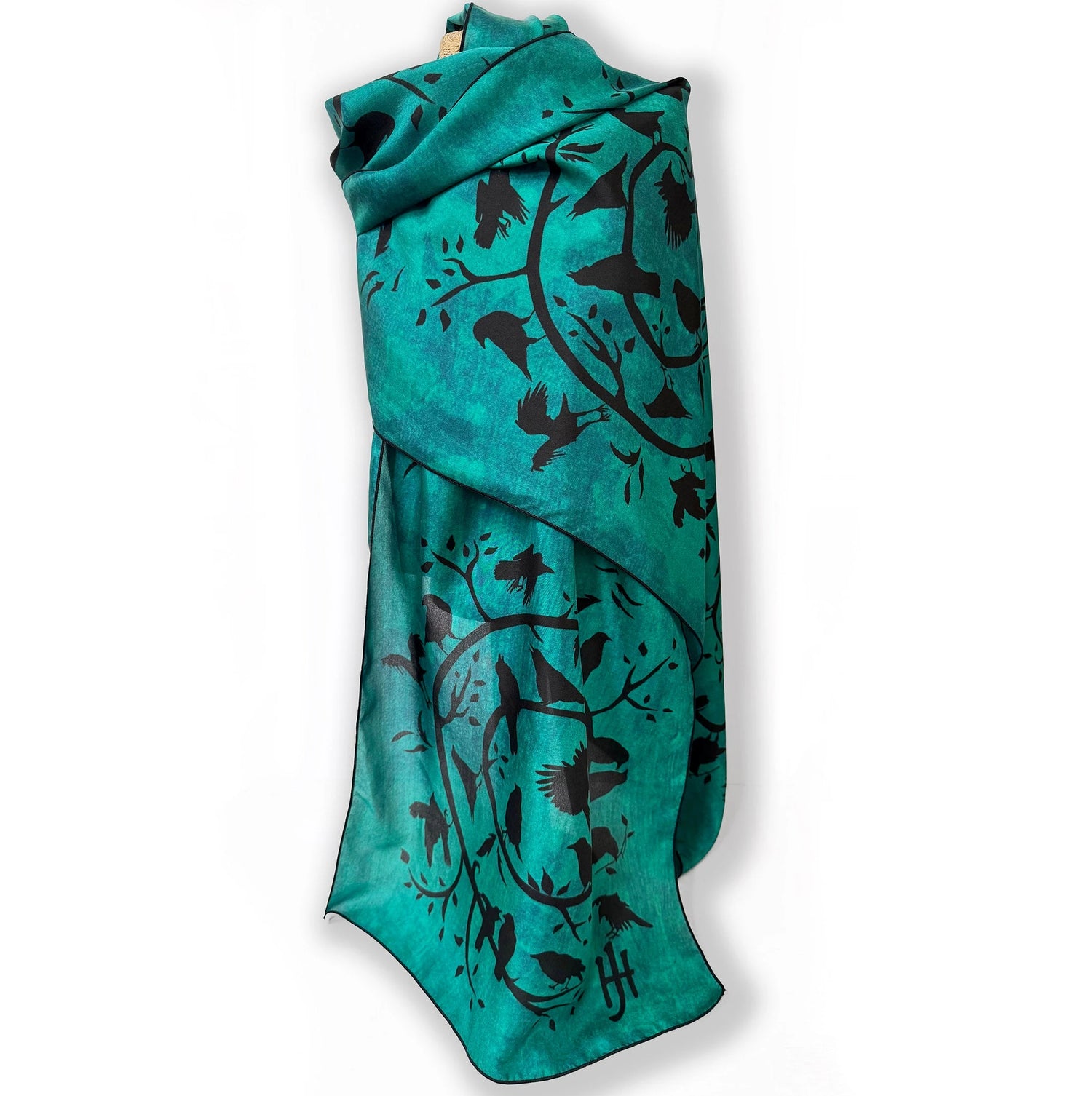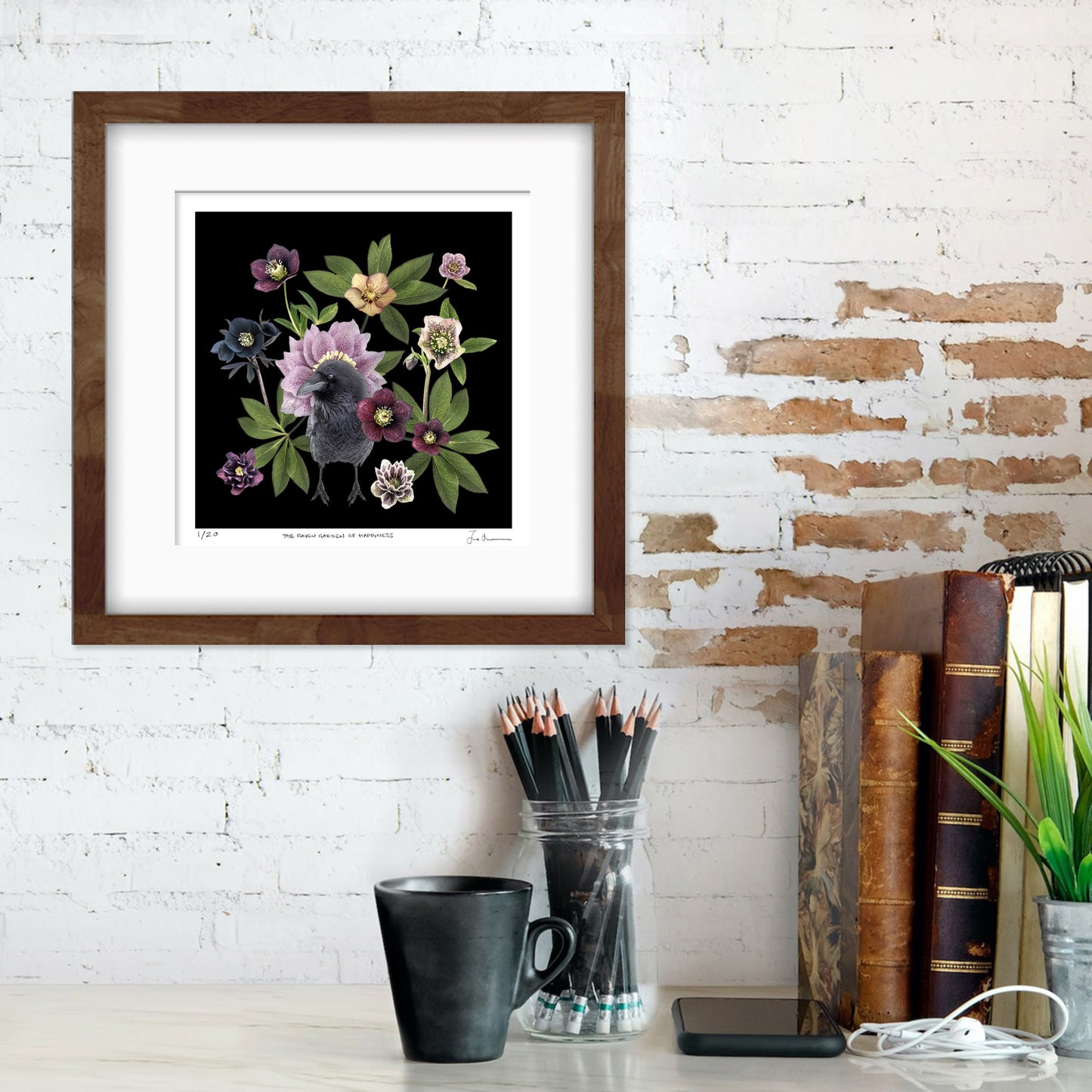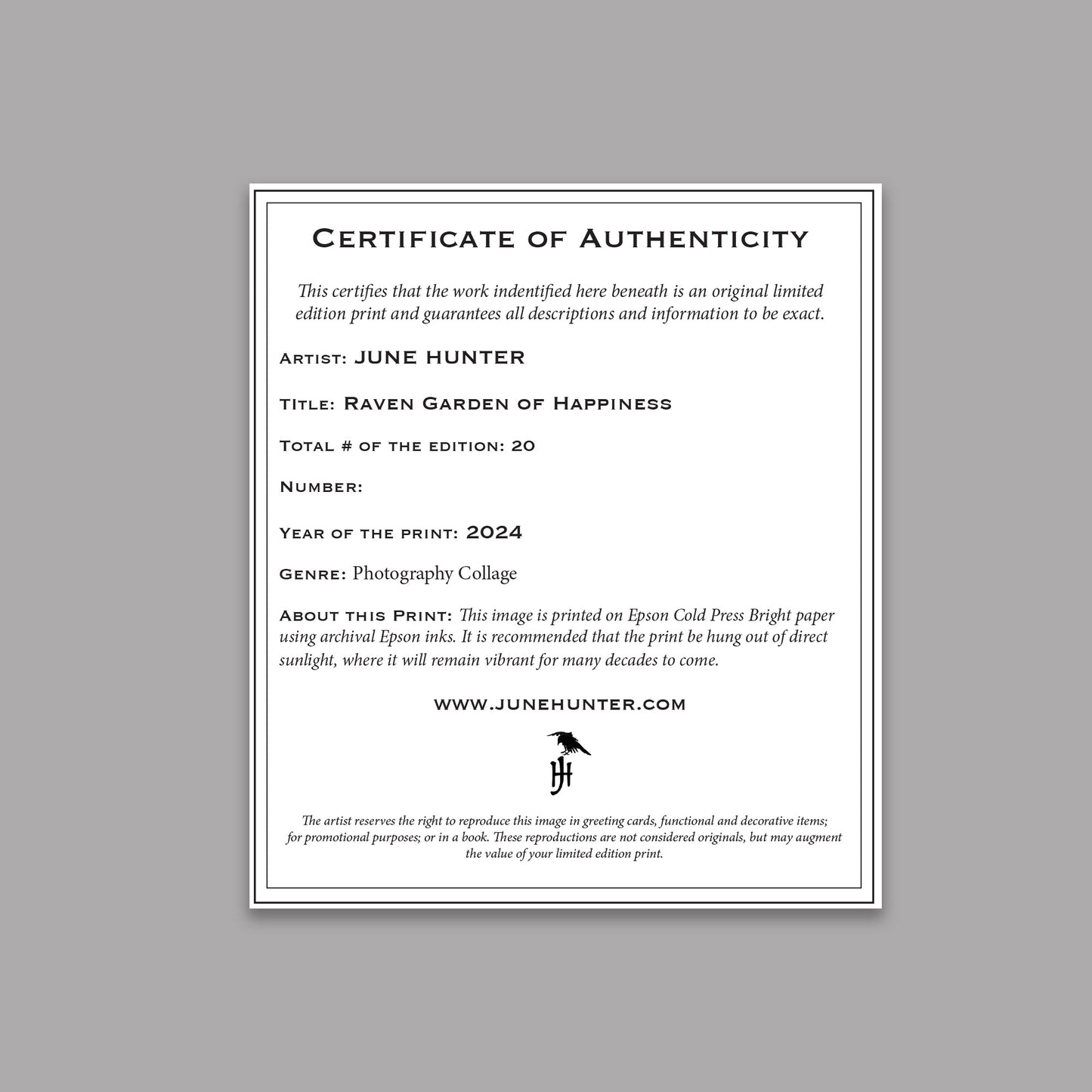Greenest City 2020?
If you’re a regular reader, you may be expecting a whimsical crow story , or perhaps some tongue-in-cheek home décor or fashion advice. This is not that, but don’t worry — normal programming will (as they say) resume shortly. Today I’m writing about something not so funny, but very important to an Urban Nature Enthusiast.
We have a very local problem (as you may have read about in some earlier blog posts) in which a private school in our area plans to remove trees and construct an artificial turf sports facility. The more I look into it and talk to other Vancouver residents, I realize that this hyper-local problem, is symptomatic of larger problems facing urban nature throughout Vancouver.
I wrote first the post below for the Notre Dame Neighbours blog — but I believe it’s worth sharing here too.

The City of Vancouver has a long held (and widely publicized) aim of being the greenest city in the entire world by 2020. That’s next year folks!
Hundreds of thousands of words have been written on the strategies and initiatives for reaching this goal. See Vancouver’s Greenest City Action Plan.

It all so good in theory, and yet, when I look at the proposed changes to our own neighbourhood, I find it very hard to put the two things together.
The proposed change of plan at Notre Dame School, to go from:
(a) grass practice field with trees retained, to
(b) sunken artificial turf games facility with trees removed,
… seems to be going in entirely the wrong direction.
Notre Dame is a private school, but it should be noted that the City’s green plan repeatedly calls for cooperation between “developers, planners, designers and public and private landowners.”
TREE REMOVAL
The proposed removal of the row of Lombardy Poplars on the school’s western border contradicts a large number of the the green initiatives that shelter under the Greenest City Action Plan umbrella.

To begin with, the maintenance of trees is part of the City’s Urban Forest Strategy
“Vancouver’s urban forest includes every tree in our city – on streets, in parks, public spaces, and back yards. Our urban forest plays important environmental and social roles: it cleans the air, absorbs rainwater, provides bird habitat, and improves our health and well-being.“
If every tree in Vancouver is part of the Urban Forest strategy, it follows that every effort should be made to retain the 23 mature, full-of-bird-and-bug-life, poplars on Kaslo Street.

I was told by an old-timer in the neighbourhood, who lived opposite the school site, that when the poplars were planted those particular trees were selected because of their prodigious ability to soak up water from the ground. This was important because Notre Dame was, and is, built over Hastings Creek and is also positioned at a low, water-collecting point of the neighbourhood. In the past it was a marsh. It is unknown what effect the removal of the poplars will have on the wetness of the school site, not to mention the surrounding area.
City trees are also a critical part of the City’s Access to Nature Goals
One specific goal within this strategy is:
Ensure that every person lives within a 5 minute walk of a park, greenway, or other green space by 2020; restore or enhance 25ha of natural areas between 2010 and 2020.
As you can see from the aerial view below, the area around Notre Dame School (the red dot in the middle) is already very poorly served by green space.

The walk to the nearest park is far longer than five minutes. Many people head to the tiny bit of “greenway” provided by the Notre Dame poplars to walk their dogs, or simply to stroll within the sound of birdsong and the whispering of wind in the leaves. Removal of this tiny strip of green is a big step in the wrong direction for a city aiming to provide its citizens with more green space, and the physical, mental and spiritual well-being it is known to promote.

A sub-set of the Access to Nature Strategy is the Vancouver Bird Strategy in which the City strives to make Vancouver a rich and welcoming year-round habitat for all kinds of native birds. A healthy and diverse population of birds is intended to add to the enjoyment and enrichment of Vancouver residents, and also attract visitors from around the world.

The Kaslo Street poplars provide an important habitat for local birds. Watching the trees for any length of time will reveal a parade of chickadees, juncos, bush tits, northern flickers, crows and robins, and even hawks, ravens and bald eagles making occasional visits. Many birds nest in these trees in the spring time, making use of the security from ground-predators provided by their elevation. In spring, 2018, some migrating mountain bluebirds (rare in this region) used the school as a resting area for a few days on their trip to their summer habitat in northern BC.

A Mountain Bluebird resting at Notre Dame, April 2018.
Vancouver achieved its goal of attracting visitors from around the world last summer when the prestigious meeting of bird scientists (IOC2018) was held here. I met some of those scientists, and we discussed the small things that can make cities bird friendlier. We agreed that areas like the small stand of poplars in my neighbourhood are great examples of small spaces making a big difference within the urban environment. Ironically, this was just couple of weeks before we learned that those very trees were threatened.

Raven in the poplars
Note: The City required that the school have arborist’s inspection done of these poplars. We have to assume that resulting report said that the trees should be removed but, as far as we know, this is only because of the school’s plan to create a ten foot drop-off right at their base of the trees (to accommodate the sunken field) which will render them unstable. We would like to see a second arborist’s report undertaken on the viability of the trees without such drastic excavation.

Instructions on the Notre Dame Field permit issued by the City of Vancouver in 2008. The new plans, part of the “minor amendment,” no longer include this important detail.
Should the project go ahead and the poplars be removed, the city requires that the school replace them with other trees. I am curious to know what trees of any size could thrive on top of a ten foot retaining wall.
ARTIFICIAL TURF
The other way in which the Notre Dame proposal seems to be marching away from green city goals is by coating the entire remaining surface of the campus with a combination of artificial turf and parking lot.
Artificial turf can be played on for up to 80 hours a week and does not (normally) need watering. These two advantages seem to have caused a stampede by the Vancouver Park Board (as well as private institutions like Notre Dame School) to install this surface on as many fields as possible to increase playing time.
But there are some very serious disadvantages to artificial turf that really need to considered more closely, including possible adverse heath effects for those using the fields, as well as a variety of environmental problems.
As far as climate change is concerned, it seems a very bad idea — not only for the users of the field but for whole neighbourhoods around the fields.
From Health Impact Assessment of the Use of Artificial Turf in Toronto written in 2015,
“Unlike natural grass which has evaporative cooling properties, artificial turf is made of several heat-retaining materials which can significantly increase field surface temperatures, substantially increase air temperatures near fields, and thus contribute to the urban heat island effect in surrounding neighbourhoods. This increases the risk of heat-related health impacts during hot weather events. Widespread use of artificial turf would also make Toronto less resilient to extreme weather events and increase adverse health impacts associated with these events.”
It also seems like a bad idea in terms of meeting the City’s rainwater management plan objectives. The aim is to maximize the amount of permeable surfaces on public and private property in order to cope with increased climate changed-caused rainfall.
Artificial turf is known to be far less permeable than natural grass, and Notre Dame plans to install such a surface in a sunken field, on natural marshland, and over the watercourse of Hastings Creek … I’m not an engineer, of course, but this seems like a high drainage risk.
Artificial Turf Mountain
Part of the Greenest City Action Plan is Zero Waste 2040 and I can’t help but wonder where a mountain of worn out artificial turf fits into that.
Artificial turf does not last forever. Its lifespan depends on various factors, from the amount of use, to the quality of the product. But all of it is sure to wear out sooner or later, and then what? Off to the landfill it goes. This Dutch video follows an expired fake grass field to its final resting place at the Artificial Turf Mountain.
Does Vancouver want an Artificial Turf Mountain of its very own by 2040?
A SOLUTION?
Ideals, politics, and competing interests can make uneasy bedfellows. Creativity and ingenuity is required to work in such a scenario.
So here’s a modest proposal.
What if the school were to look at ways in which a grass field could work to meet its sports and exercise needs, and the trees could be saved?
In return for the school being such a good citizen, working with the City to reach its 2020 green goals, the City Park Board could take over maintenance of the Kaslo Poplars, pruning and tending to the trees, and perhaps planting native species grasses and shrubs on the City side of the trees. That way the school would soon have its exercise space, which would please students and parents who have waited so long for a field. They would have a sports area, plus an outdoor classroom area for Environmental Studies classes, providing amenities geared to students with a wide range of interests. The mountain bluebirds might even come back!
The school would gain positive public recognition for making such a wonderful contribution to the City’s green action plan, and the City would gain a small strip of green space to inch them a little towards their 2020 goal of everyone within five minute walk away from a bit of nature in the city.

Or shall we just chop the trees down, carpet everywhere with artificial turf, and call the city green, even if it’s just the uniform emerald of an endless sea of this?

Let’s go with the first idea!
It really doesn’t take a lot of green space to create foothold for nature and birds in the city, to the benefit of all city dwellers — so let’s try and work together to save this tiny oasis before it’s gone.


If you’d like to contact the City of Vancouver to express your opinion on either the specific Notre Dame School issue, or on the expanding use of artificial turf on Vancouver park space, here are few handy addresses:
VANCOUVER CITY COUNCIL
Adrienne Carr adrienne.carr@vancouver.ca
Peter Fry pete.fry@vancouver.ca
Melissa DeGenova melissa.degenova@vancouver.ca
Lisa Dominato lisa.dominato@vancouver.ca
Jean Swanson jean.swanson@vancouver.ca
Colleen Hardwick colleen.hardwick@vancouver.ca
Michael Wiebe michael.wiebe@vancouver.ca
Christine Boyle christine.boyle@vancouver.ca
Rebecca Bligh rebecca.bligh@vancouver.ca
Sarah Kirby-Yung sarah.kirby-yung@vancouver.ca
General message to Mayor and Council at this link.
Or call 311 and leave a comment.
VANCOUVER PARK BOARD
Stuart McKinnon stuart.mckinnon@vancouver.ca
John Irwin john.irwin@vancouver.ca
Gwen Giesbrecht gwen.giesbrecht@vancouver.ca
Camil Dumont camil.dumont@vancouver.ca
Dave Demers dave.demers@vancouver.ca
John Coupar john.coupar@vancouver.ca
Tricia Barker tricia.barker@vancouver.ca
Or call 311 and leave a comment.
VANCOUVER CITY STAFF
Gil Kelley
(General manager of Planning, Urban Design, and Sustainability)
604-873-7456
All calls and emails have to be logged, so each one counts!




















